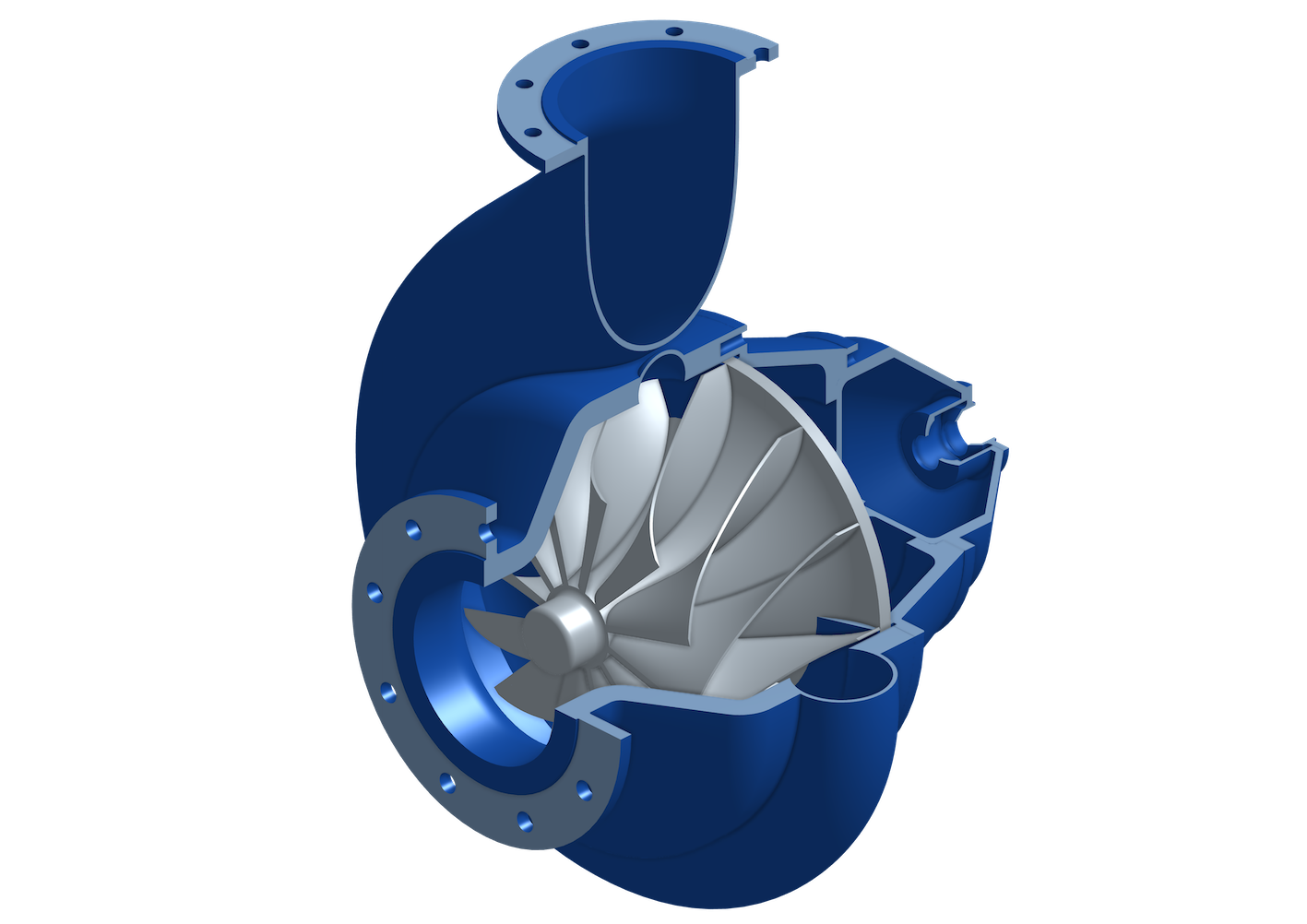Pumps

Pumps create an increase in pressure, which is used to move liquids via pipes throughout the plant. Pumps are grouped into dynamic pumps and positive displacement pumps. To ensure failure‑free and stable long term operation of pumps, specific process conditions need to be met. Among other things, these process conditions include the NPSH‑value (net positive suction head), the permissible flow range, the minimum and maximum available pump head, as well as pressure and temperature limits.
Pump Head
The course of the pump head as a function of the flow rate is called the pump characteristic. Within the permissible flow range, the pump characteristic features a downwards slope towards the direction of higher flow rates. The flatter the pump characteristic, the less the pump head changes with changing flow rates. Flatter pump characteristics are usually preferred as they provide more constant pressure conditions downstream of the pump, which can be advantageous for stable control behaviour.
Permissible Flow Range
The permissible flow range describes the range between the minimum required and the maximum permissible flow rate, within which long term operation of the pump is feasible without the risk of damage. It is possible that below the minimum required flow rate, the pump head does not further increase with decreasing flow rate, but instead starts to decrease. This circumstance is usually not relevant, as it must be ensured that the pump is not operated outside the permissible flow range. However, there can be difficulties with the start‑up of the pump, if the discharge side is already pressurized. In this case, the pump can effectively be prevented from entering the permissible flow range.
NPSH‑value
The NPSH‑value is expressed in meters and describes the difference between the pressure at the suction side flange of the pump and the vapour pressure of the process media at the given operating temperature. A distinction is made between the available value (NPSHA) and the required value (NPSHR). The NPSHR‑value quantifies the suction side pressure loss within the pump and is defined by the pump manufacturer as a curve for the entire permitted flow range of the pump. It can be that the NPSHR‑value is lowest in the middle part of the permitted flow range featuring an upwards slope on both sides, in the direction of increasing and decreasing flow rates. Not fulfilling the requirements of the NPSHR‑value can result in cavitation which can lead to vibrations, a reduction of the pump head, and damage to the pump.
Cavitation
Cavitation refers to a damaging process, in the course of which steam bubbles develop inside the process medium and then suddenly collapse. The sudden collapse of the steam bubbles can generate forces which can damage the material of the pump. Cavitation can occur when the pressure of the process medium drops below the vapour pressure at the given operating temperature. This means that measures to prevent cavitation must take into account the operating pressure as well as the operating temperature.
